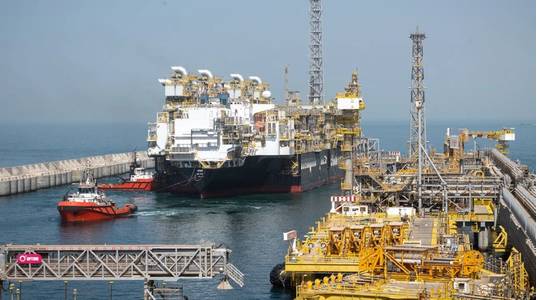
BP and Golar LNG have reached a commercial reset agreement for the floating liquefied natural gas (FLNG) vessel Gimi, a core component of BP’s the Greater Tortue Ahmeyim (GTA) LNG project, offshore Mauritania and Senegal.
The Gimi FLNG vessel art of the GTA Phase 1 development, operated by BP with partners, Kosmos Energy, PETROSEN and SMH. The FLNG unit reached arrived at the project location in Africa back in February 2024.
GTA Phase 1 is set to produce around 2.3 million tonnes of LNG per year. The innovative project is expected to produce LNG for more than 20 years, enabling Mauritania and Senegal to become a global LNG hub.
Golar LNG, which owns and operates Gimi FLNG unit, and BP have reached a commercial reset agreement simplifies contractual cash flows and settles previous disputes related to payment mechanisms for pre-commercial operations date (pre-COD) contractual cash flows.
Namely, the parties have agreed an updated schedule of daily payments until the commercial operations date (COD).
The daily payments have step-up mechanisms based on project milestones up to COD and are secured by long stop dates.
According to the agreement, Golar LNG will also be entitled to certain lump sum bonus payments subject to achievement of certain project milestones. These Pre-COD cash flows are expected to be deferred on the balance sheet and amortized over the 20-year contract term from COD.
The commercial reset settles all ongoing disputes including the current arbitration process and re-aligns the parties towards reaching COD.
To shorten the time to COD, the parties have also agreed to start the commissioning of FLNG Gimi with an LNG cargo prior to the availability of gas from the floating production storage and offloading (FPSO) unit.
The FPSO arrived in West Africa in June 2024, following the completion of its construction at the COSCO Qidong Shipyard in China.
The FPSO is expected to process over 500 million standard cubic feet of gas per day. It will remove water, condensate and impurities from the gas before transferring it via pipeline to the Floating Liquified Natural Gas (FLNG) vessel Gimi at the Hub Terminal approximately 10 kilometers offshore.



